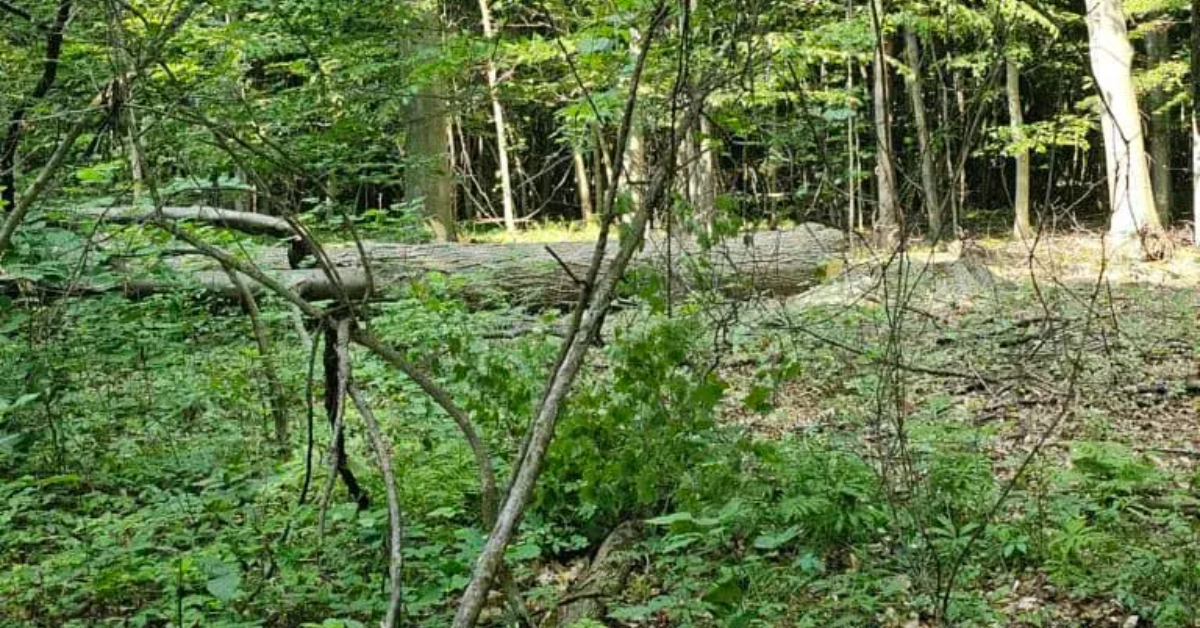Tree Removal Service: Essential Guide for Homeowners and Businesses
A reliable tree removal service is vital for maintaining the safety, beauty, and health of your property. Whether you have a diseased tree, a storm-damaged limb, or simply want to clear space for new landscaping, professional Tree Removal Service provide the expertise and equipment to handle the job safely and efficiently.
In this comprehensive guide, we will cover everything you need to know about hiring a tree removal service—from understanding why and when tree removal is necessary, to the types of services offered, common challenges, and tips for choosing the right provider. Plus, we’ll answer the most frequently asked questions to help you make the best decision for your property.
Why You May Need a Tree Removal Service
Trees add tremendous value and aesthetic appeal to any property, but sometimes, removal becomes the safest and smartest option. There are several reasons you might need a tree removal service:
-
Safety hazards: Dead or dying trees can fall unexpectedly, putting people, structures, and vehicles at risk.
-
Storm damage: Strong winds, heavy snow, or ice can weaken or break branches, necessitating removal.
-
Disease and pests: Infested or diseased trees can spread problems to nearby healthy trees.
-
Construction and landscaping: Tree removal might be required to clear land for new buildings, driveways, or garden designs.
-
Overcrowding and root damage: Trees growing too close to foundations, sidewalks, or utility lines may need removal to prevent damage.
A professional tree removal service ensures that these tasks are completed with minimal risk and disruption.
Types of Tree Removal Services
A full-service tree removal service offers more than just cutting down trees. Depending on your property’s needs, you can expect a range of specialized services:
Complete Tree Removal
This involves safely cutting down and removing an entire tree from the property. Professionals use cranes, ropes, and chainsaws to manage the job efficiently.
Stump Grinding and Removal
After the tree is removed, the stump often remains. Many tree removal services also include grinding the stump below ground level or full removal to prepare your yard for new use.
Emergency Tree Removal
Storms and accidents can create urgent situations. Many companies provide 24/7 emergency tree removal to quickly address hazards.
Tree Trimming and Pruning
Sometimes full removal isn’t necessary. Proper trimming can improve tree health, reduce risks, and enhance appearance.
Land Clearing
For larger projects like construction, a tree removal service may offer complete land clearing, removing multiple trees, shrubs, and debris.
Signs You Need a Tree Removal Service
Knowing when to call a tree removal service is crucial. Some warning signs include:
-
Large dead or broken branches
-
Visible rot or fungus on the trunk or base
-
Leaning trees or unstable root systems
-
Damage from insects like beetles or termites
-
Trees that block sunlight or interfere with power lines
Ignoring these signs can lead to dangerous situations and costly property damage.
How Professional Tree Removal Services Work
When you hire a tree removal service, the process usually follows several key steps:
Inspection and Assessment
Technicians evaluate the tree’s health, location, size, and potential hazards. This helps them plan the safest removal approach.
Preparation and Safety Measures
The area around the tree is cleared, and safety equipment is set up to protect people and property. Traffic or pedestrian control may be put in place.
Removal Process
Using specialized tools like chainsaws, ropes, and cranes, the tree is carefully cut down. Large limbs may be removed first to reduce risk.
Cleanup and Disposal
Most tree removal services include hauling away debris, grinding or removing the stump, and leaving your yard clean and safe.
Benefits of Hiring a Professional Tree Removal Service
Many property owners consider DIY tree removal, but hiring a professional service offers significant advantages:
-
Safety: Tree removal is dangerous and requires expertise to avoid injury or damage.
-
Efficiency: Pros have the right tools and experience to complete the job quickly.
-
Proper disposal: Professionals handle wood recycling or removal according to local regulations.
-
Insurance coverage: Reputable services carry insurance that protects you from liability.
-
Comprehensive care: From inspection to cleanup, a full-service provider manages all aspects.
Choosing the Right Tree Removal Service Near You
Selecting a trusted tree removal service is important to ensure quality work. Here are some tips:
-
Check credentials and licenses.
-
Look for insurance and bonding.
-
Read customer reviews and ask for references.
-
Ask about equipment and safety protocols.
-
Request a clear, written estimate.
-
Confirm emergency service availability if needed.
Local knowledge is also a plus since a company familiar with your area understands the specific tree species and weather challenges.
Tips for Maintaining Healthy Trees
Proper tree care reduces the need for removal. Here are ways to keep your trees healthy:
-
Regularly water young and mature trees during dry spells.
-
Mulch around the base to retain moisture.
-
Prune dead or weak branches regularly.
-
Inspect for signs of disease or pests.
-
Avoid damaging roots during construction or landscaping.
If you notice problems, contact a tree removal service or certified arborist for professional advice.
Frequently Asked Questions About Tree Removal Service
How much does a tree removal service cost?
Costs vary widely based on tree size, location, accessibility, and the complexity of the job. Small trees may cost a few hundred dollars, while large or hazardous removals can run into thousands.
Is tree removal always necessary?
No. Sometimes pruning or treatment is enough to save a tree. A professional will assess the situation and recommend the best option.
How long does tree removal take?
Most residential tree removals can be completed in a few hours, but larger or emergency jobs may take longer.
What happens to the wood after removal?
Many tree removal services recycle wood into mulch, firewood, or lumber, but some may haul it away as debris.
Can I remove a tree myself?
DIY tree removal is risky and not recommended unless you have proper training and equipment. Professional services ensure safety and compliance with local laws.
Conclusion
When it comes to maintaining your property’s safety and beauty, a professional tree removal service is indispensable. Whether you need urgent removal due to storm damage or want to clear space for landscaping, hiring experts ensures the job is done right.







